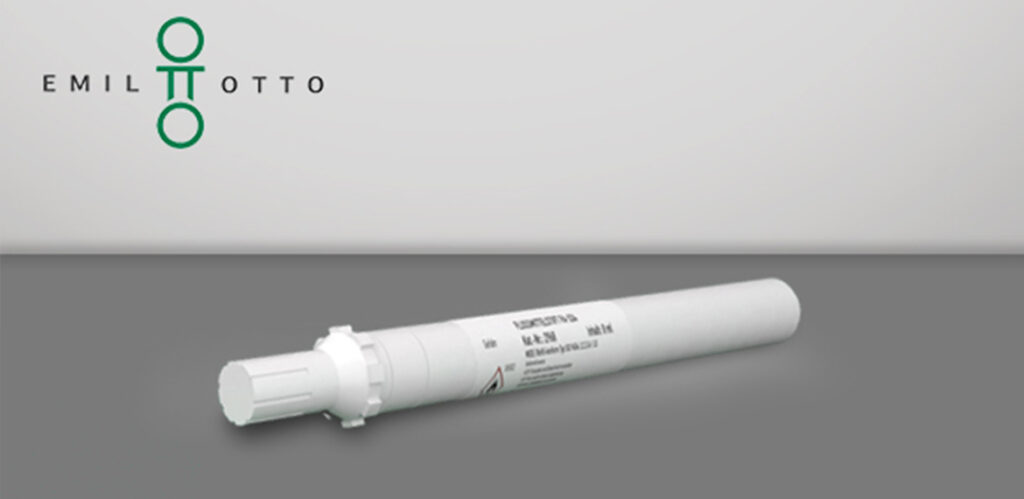"After we succeeded in developing a corresponding alcohol-based rework flux with the same activator system for the water-based flux EO-G-003, we have achieved another innovation breakthrough. We can now offer identical activator systems as alcohol-based rework fluxes for all existing water-based fluxes. Emil Otto has thus achieved another quantum leap and impressively underlines its position as quality and innovation leader in the flux sector," explains Markus Geßner, Head of Marketing and Sales at Emil Otto GmbH. Water-based fluxes were previously not recommended for hand soldering or reworking due to their slower drying behavior. However, customers who use EO-G-003 for wave or selective soldering, for example, also wanted to use the same activator system for hand soldering in order to prevent any cross-reactions between the different fluxes. For this reason, the Hessian manufacturer developed the first standardized activator system for water- and alcohol-based flux applications. This initially consisted of the water-based flux EO-G-003 and the alcohol-based EO-RF-G003."
"Previously, it was not chemically possible to dissolve the activators of water-based fluxes in pure alcohol. However, we have now succeeded in doing this and we can now offer a flux that consists of 100% pure alcohol but contains the same activators as the water-based flux," explains Geßner. If customers use water-based fluxes for wave and selective soldering, but use the new fluxes from the EO-RF series for manual soldering, rework, strand tinning or cable assembly, they do not have to worry about cross-reactions. This minimization of risk is an advantage that greatly simplifies the use of different fluxes. A short drying time is particularly important for these applications, which is why alcohol-based fluxes were favored by many users. Thanks to the same activator system, these short drying times can now be guaranteed. "This innovative solution is unique to date. However, we have now completed this development for all water-based fluxes from our company. Cross-reactions are now a thing of the past," says Geßner.

